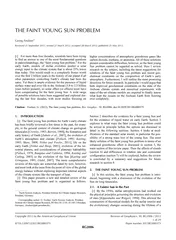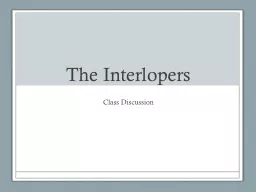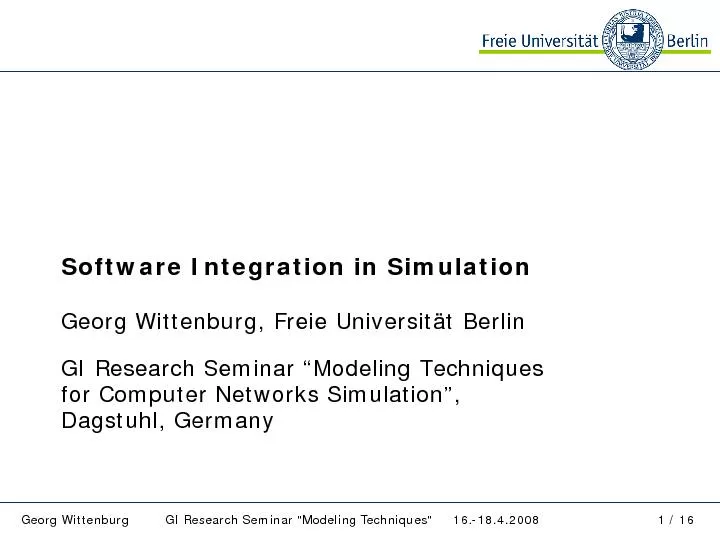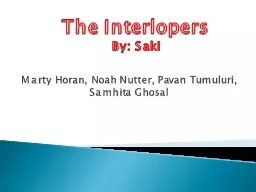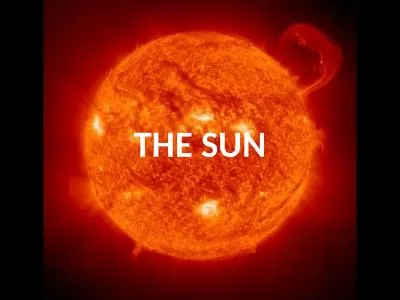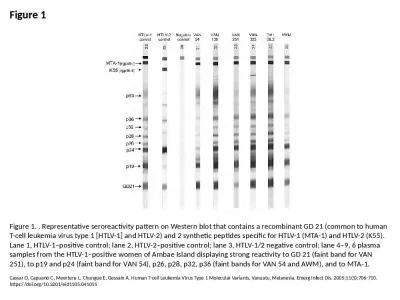PDF-THE FAINT YOUNG SUN PROBLEM Georg Feulner Received Se
Author : luanne-stotts | Published Date : 2015-06-16
For more than four decades scientists have been trying to find an answer to one of the most fundamental questions in paleoclimatology the faint young Sun problem
Presentation Embed Code
Download Presentation
Download Presentation The PPT/PDF document "THE FAINT YOUNG SUN PROBLEM Georg Feulne..." is the property of its rightful owner. Permission is granted to download and print the materials on this website for personal, non-commercial use only, and to display it on your personal computer provided you do not modify the materials and that you retain all copyright notices contained in the materials. By downloading content from our website, you accept the terms of this agreement.
THE FAINT YOUNG SUN PROBLEM Georg Feulner Received Se: Transcript
Download Rules Of Document
"THE FAINT YOUNG SUN PROBLEM Georg Feulner Received Se"The content belongs to its owner. You may download and print it for personal use, without modification, and keep all copyright notices. By downloading, you agree to these terms.
Related Documents

